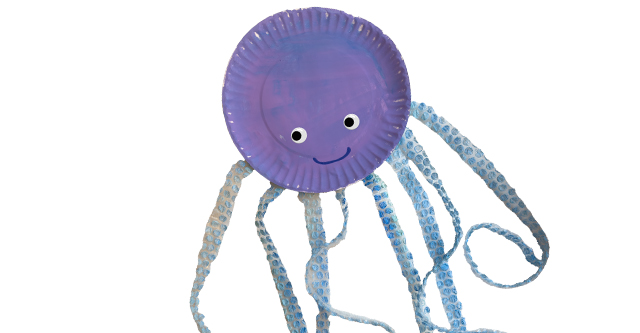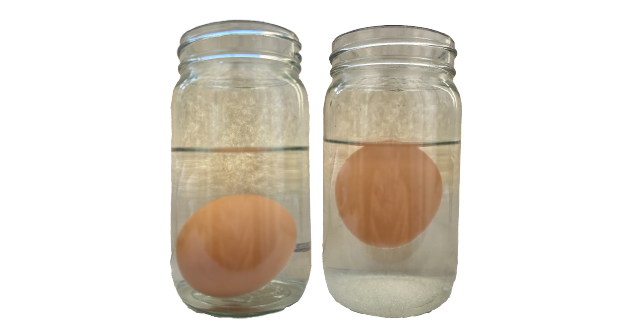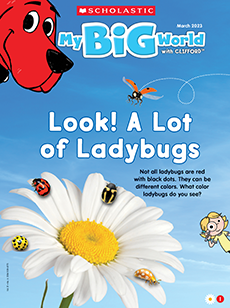How Would It Be to Live In the Sea? Lesson Plan
What We Are Learning
Science Focus:
ocean life
Theme Vocabulary:
otter, seahorse, octopus, crab, seal, dangerous, choppy
Skills We’re Practicing:
group discussion, critical thinking, vocabulary, gross-motor skills, number recognition/counting, handwriting
- In I’m the Biggest Thing in the Ocean by Kevin Sherry, a giant squid thinks it is the biggest thing in the ocean. It is, indeed, the biggest thing in the ocean—until it comes upon a whale! As you read, help students build their knowledge of marine animals by encouraging them to say the names of the underwater creatures and describe them.

Paper Plate Octopus
Materials: large paper plates, tempera paint, paintbrushes, scissors, markers, streamers and dot markers or bubble wrap and acrylic paint, glue or tape, googly eyes, craft sticks
- Kids will have fun making this adorable sea creature!
- Give each student a paper plate, tempera paint, and a paintbrush. Have them cover the entire surface with paint.
- To make the octopus’s arms, you can either use streamers or bubble wrap. To use streamers, give children streamers measuring 12 inches long, and have them work together to cut the streamers in half lengthwise. If they’d like, they can use dot markers to make the octopus’s suction cups. To use bubble wrap, have children paint the bubble wrap using acrylic paint. When the paint dries, guide children as they cut the bubble wrap into half-inch-thin strips.
- Tell children that an octopus has eight arms. Have them count eight arms to attach to their octopus. Then have them tape or glue the arms to the back of the paper plate.
- Have children finish their sea creature by drawing a mouth and eyes with marker or using glue to attach large googly eyes. Add a craft stick to the back to use the octopuses for pretend play! fine-motor skills/counting

Materials: 2 large clear glasses or jars, 16 ounces warm water, tablespoon, 7 tablespoons salt, 2 raw eggs
- How is saltwater different from regular water? Find out with this experiment!
- Begin by pouring 8 ounces of warm water into each glass.
- Gently drop an egg into one of the glasses. Ask children to share what they notice. Did the egg sink or float? Say that water in the ocean is different from regular water. It has salt in it!
- Have students make saltwater by adding one tablespoon of salt at a time to the other glass of water, stirring after each tablespoon is added.
- Have children make predictions. What do they think will happen when you drop the egg in the salt water?
- Gently drop the egg into the saltwater mixture. Watch it float! Explain that the salt water in the ocean makes it easier to float and swim! simple experiment
